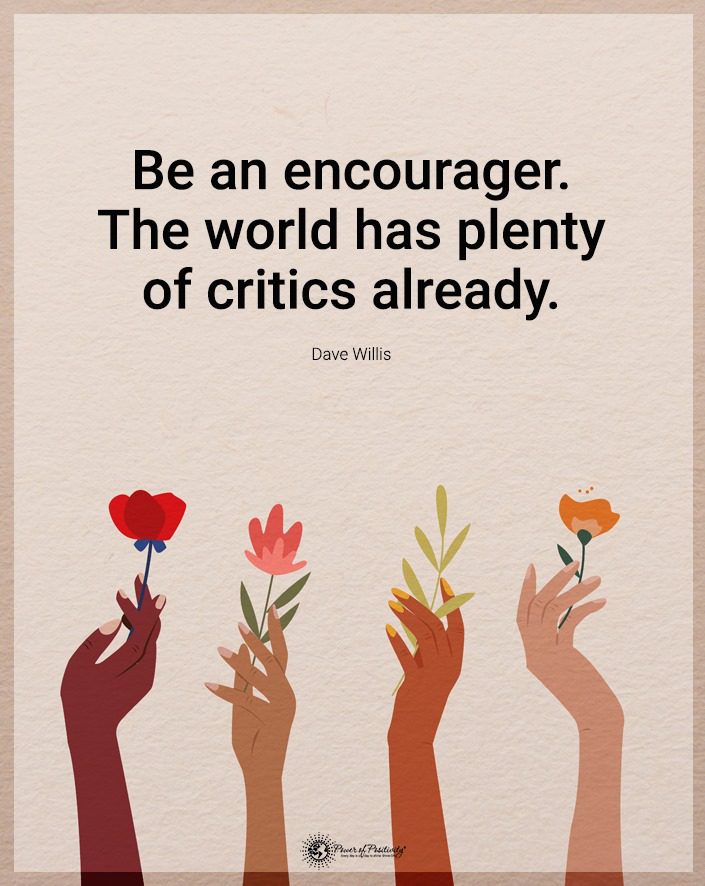In the bonds of marriage, a partnership brimming with love and understanding, specific habits or actions of husbands can occasionally emerge. These can become irksome points for their wives. This voyage through matrimony’s shared landscape is punctuated by moments of laughter, shared dreams, and unwavering support. Yet it also encompasses those everyday annoyances that often accompany close companionship.
As the bonds of marriage are woven with threads of mutual respect and affection, it’s only natural for subtle disagreements and minor vexations to arise. While marriage is a partnership filled with love and understanding, specific habits or actions of husbands can become sources of annoyance for wives. Delving into fostering mutual respect in marriage, we explore seven things husbands may do that genuinely annoy their wives.
This journey is an opportunity to decode the dynamics at play and gain insights into understanding marital irritations. It might also even uncover pathways for improved communication and empathy. Together, let’s traverse the landscape of marital life, acknowledging its quirks and challenges while striving to strengthen the foundation of understanding that sustains a harmonious and enduring partnership.
Note: This article focuses on male behaviors, which differ from females. However, in a separate article, we also address what wives do to annoy husbands.
The Nature of Annoyances in Marriage
Often, the delicate interplay of every day habits can shape a relationship’s contours. Minor actions, innocuous on their own, can accumulate and evolve into significant sources of irritation over time. Marital habits that cause conflict might start as simple nuances. These can be as seemingly minor as how towels are folded or the arrangement of household items.
However, these seemingly inconsequential preferences can grow to become potential minefields of annoyance if not addressed with sensitivity. The foundation of any lasting partnership lies in mutual understanding. It becomes the bridge that spans the divide between individual preferences and shared living spaces. When both husbands and wives recognize the potential for certain behaviors to grate on each other’s nerves, the path toward compromise and open communication becomes more evident. As couples navigate the labyrinth of marriage, understanding the nature of these annoyances and the pivotal role that empathy and compromise play can be the key to maintaining a harmonious and resilient union.
Many Husbands Do These Things That Annoy Wives

1. Wives Don’t Like a Partner Who Forgets to Do Household Chores
In the tapestry of marital life, the distribution of household responsibilities forms an essential thread, especially in husbands’ minds. While pursuing an equitable division is an admirable goal, the reality often presents a complex interplay of schedules, commitments, and expectations. The impact of an uneven distribution of responsibilities extends beyond the surface, influencing the overall harmony and contentment within the relationship. The divergence between the ideal of sharing household responsibilities and the practical execution can inadvertently become a source of irritation. This challenge necessitates a fair division of tasks and a deeper understanding of each other’s constraints and efforts. The household can become a space of cooperation and shared accomplishment by fostering an environment where both partners feel valued and acknowledged.
2. Ignoring Emotional Needs
The tapestry of marriage is woven with threads of emotions delicately intertwined with empathy, understanding, and care. Yet, within this intricate fabric, there’s a need for emotional acknowledgment that’s sometimes overlooked. Emotional availability in marriage is more than just a desire; it’s a cornerstone of nurturing the emotional well-being of each partner.
Big and small emotions form the colors that paint the canvas of partnership. Ignoring emotional cues is akin to leaving these colors untouched, resulting in a muted portrayal of connection. When husbands neglect the emotional needs of their wives, it can create dissonance, leading to feelings of being unheard or undervalued. Recognizing the significance of emotional responsiveness is pivotal. It’s a conscious decision to attune oneself to the emotional rhythms of the relationship, adding vibrancy and depth to the shared bond.
3. Excessive Time on Electronics
In modern relationships, the glow of screens often competes with the warmth of human connection. The allure of technology brings its share of challenges, and the scale tips when electronic devices and gaming commandeer quality time. Balancing game time in relationships signifies managing gadgets and the emotional presence partners invest in each other. The quest for undivided attention isn’t a mere desire; it’s a fundamental need that fuels emotional bonds.
Excessive screen time can unravel the threads of intimacy, leaving partners feeling neglected and disconnected. Acknowledging the delicate balance between virtual engagement and real-world togetherness is vital. It requires a conscious effort to carve out device-free moments that rekindle the flames of emotional connection, ensuring that the relationship remains the focus, even in the digital age. By preserving quality time, fostering genuine presence, and intentionally navigating the digital landscape, partners ensure that their love story remains the centerpiece, even amid the technological age.
4. Wives Don’t Like When Husbands Forget Important Dates
Amid the tapestry of life, specific dates are intricately woven, forming the fabric of cherished memories and shared experiences. Anniversaries, birthdays, and special occasions serve as touchstones that anchor relationships in time. Remembering special dates in marriage goes beyond calendar entries; it’s a testament to the significance of shared history. Forgetting these milestones isn’t merely a lapse; it can evoke emotions of being undervalued and overlooked.
When husbands overlook these dates, the emotional resonance of the relationship can waver, casting a shadow over the connection. Recognizing the importance of these moments isn’t just about remembering; it’s about showing appreciation and acknowledging the unique journey together. These dates are tangible reminders of the shared journey, the milestones that deserve to be celebrated, acknowledged, and cherished. By remembering these dates, couples keep the flame of love alive and send a resonating message of care and commitment, affirming their love story.

5. Avoiding Serious Conversations
Conversations are the threads that sew the fabric of connection in a marriage. Yet, husbands’ avoidance of serious discussions can create gaps in the weave, leaving space for misunderstanding and frustration. Open communication in marriage isn’t just about exchanging words; it’s the bridge between hearts, minds, and aspirations. Transparent communication requires vulnerability and a willingness to express thoughts and feelings openly.
When difficult conversations are sidestepped, they become unspoken barriers that hinder emotional intimacy. Recognizing the vital role of open dialogue in navigating the complexities of partnership underscores the importance of addressing issues head-on. Recognizing the vital role of open discussion in navigating the complexities of partnership underscores the importance of addressing issues head-on. It’s a commitment to fostering a safe space where both husbands and wives can express themselves freely without fear of judgment or rejection.
This commitment creates an environment where grievances can be aired, perspectives can be shared, and misunderstandings can be unraveled. Through open communication in marriage, partners can learn from each other, grow together. They also continue to align their paths toward a shared future. By nurturing this aspect of their relationship, couples can ensure that the tapestry of their connection remains tightly woven, unmarred by the strains of miscommunication.
6. Making Decisions Solo
Within the intricate tapestry of marriage, the art of decision-making takes center stage. It’s a choreography of understanding, compromise, and shared aspirations. Yet, sometimes, a discordant note emerges when decisions are unilaterally made, and husbands overlook this aspect. The importance of collective decisions becomes evident as decisions are not just choices but reflections of partnership dynamics. Joint decision-making nourishes the seeds of unity and mutual respect, allowing each partner’s voice to resonate.
When one partner acts as the sole decision-maker, it can undermine the very essence of collaboration. Thus, it leaves the other feeling unheard or disregarded. Joint decision-making nourishes the seeds of unity and mutual respect, allowing each partner’s voice to resonate and contribute to the composition of a life they both envision. It’s a collaborative effort recognizing each individual’s unique perspectives and insights.
When one partner acts as the sole decision-maker, it can undermine the essence of collaboration, leaving the other feeling unheard or disregarded. The beauty of decision-making together lies in its ability to harmonize diverse viewpoints into a symphony of choices that resonates with both partners’ core values and dreams.
7. Wives Find Habitual Procrastination Annoying
Time dances through the corridors of relationships, shaping commitments and molding trust. Yet, the persistent pattern of procrastination husbands show can cast a shadow on the intricate choreography of partnership. The effects of procrastination in relationships are like fractures in the foundation of trust. Consistently delayed promises and unfulfilled commitments can erode the pillars of reliability and dependability. The consequences extend beyond inconvenience; they seep into the core of the relationship’s stability.
Recognizing the impact of procrastination is not merely an acknowledgment of time management but an understanding of its emotional ramifications. It’s an awareness that trust, once cracked, requires sincere effort to mend. By valuing each other’s time and committing to punctuality and dependability, couples mend the cracks in trust and forge a partnership fortified against the trials of time. As they navigate the intricate rhythms of commitment and mutual respect, they craft a legacy of reliability. Thus, they elevate their love story beyond fleeting moments into a symphony of enduring connection.

Final Thoughts on Promoting Understanding Between Husbands and Wives
At the heart of every marriage lies a delicate dance between two individuals, a dance that is influenced by a myriad of emotions, experiences, and daily interactions. As partners navigate this intricate choreography, the harmonious rhythm is often disrupted by certain habits or actions of husbands that can inadvertently become sources of annoyance for their wives.
While marriage is undoubtedly a partnership filled with love and understanding. So, these commonplace irritations can cast shadows over the relationship’s serenity. Therefore, it becomes essential to shed light on these aspects and explore how husbands can better foster mutual respect and acknowledgment while staying attuned to their wife’s needs and feelings.
By understanding the intricacies of marriage annoyances and addressing them proactively, couples can pave the way for deeper connections. As a result, they improve their relationship. This exploration aims to uncover the dynamics at play, highlighting the strategies that can help resolve minor annoyances in marriage and ultimately strengthen communication in relationships. Through this journey of understanding, couples can unlock the potential for lasting harmony and love, reaffirming their commitment to one another and creating a lasting legacy of partnership.




















